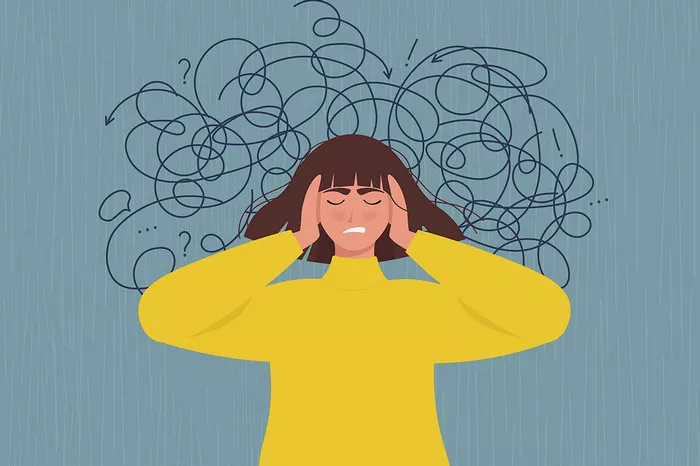A groundbreaking study published in Nature Neuroscience has uncovered new details about the neural pathways involved in anxiety disorders, offering potential targets for more effective treatments. Researchers from Stanford University used advanced neuroimaging techniques to map brain activity in individuals with generalized anxiety disorder (GAD) and found hyperconnectivity between the amygdala and the prefrontal cortex.
The amygdala, known for its role in fear and emotional processing, showed excessive communication with the prefrontal cortex, which is responsible for decision-making and emotional regulation. This overactivity may explain why individuals with anxiety disorders struggle to control their worry and fear responses. The study involved 150 participants, half of whom had diagnosed GAD, while the other half served as a control group. Functional MRI scans revealed that those with GAD exhibited significantly stronger connections between these brain regions when exposed to anxiety-provoking stimuli.
Further analysis identified a specific neurotransmitter imbalance—particularly in gamma-aminobutyric acid (GABA), which inhibits excessive neural activity. Lower levels of GABA were correlated with heightened amygdala-prefrontal connectivity, suggesting that boosting GABAergic transmission could be a viable treatment strategy. This finding aligns with existing medications like benzodiazepines, which enhance GABA activity, but researchers are now exploring more targeted therapies with fewer side effects.
In a parallel experiment, mice genetically modified to have reduced GABA signaling displayed anxiety-like behaviors, reinforcing the human data. When these mice were treated with a novel GABA-enhancing compound, their anxiety symptoms diminished, and neural hyperactivity normalized. Clinical trials for a similar drug in humans are expected to begin within the next two years.
This study not only deepens our understanding of anxiety’s biological basis but also opens doors for precision medicine approaches. Future treatments could involve personalized neuroimaging to identify specific neural signatures of anxiety in individuals, allowing for tailored interventions.
You Might Be Interested In:
- Digital Therapeutics and AI-Based Interventions Gain Traction
- Non-Stimulant Medications Show Promise in ADHD Clinical Trials
- Breakthrough in Genetic Research Links ADHD to Specific Neural Pathways

